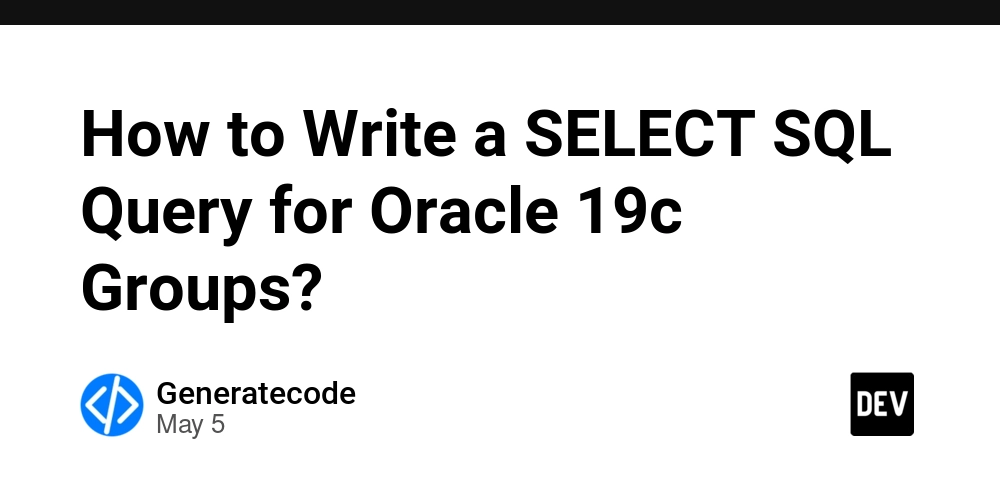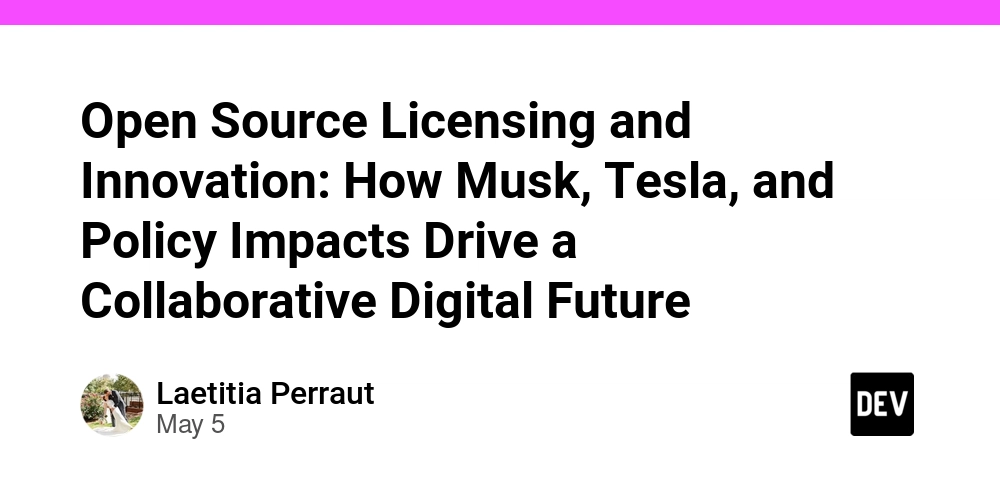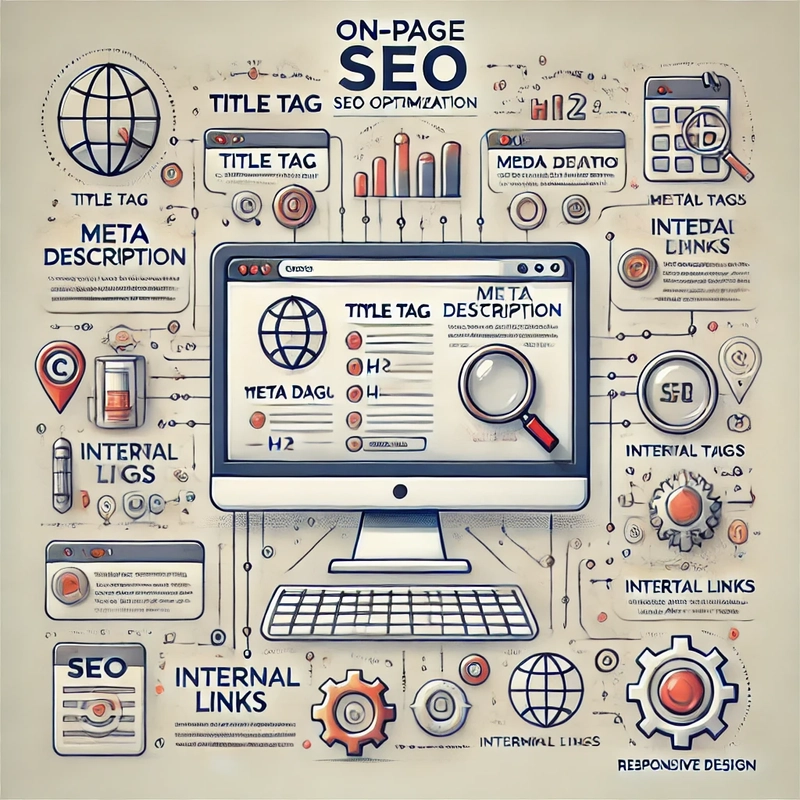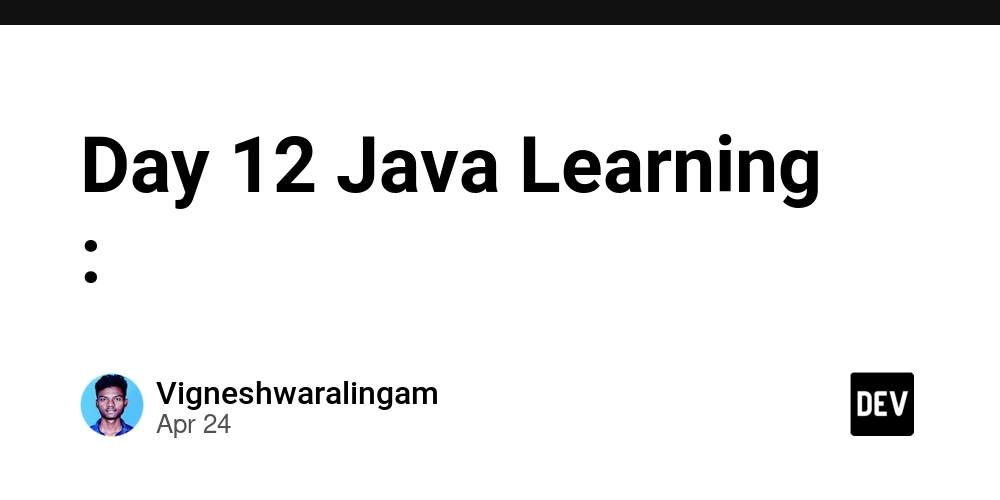How I Use Perplexity AI for Web Scraping in Python (and Why You Probably Should Too)
When I first came across Perplexity AI, I assumed it was just another AI-powered search engine. But after using it in real projects, I realized it can be incredibly helpful when paired with Python, especially for smarter data scraping. If you work with data, automate research, or build anything that involves gathering online information, web scraping is likely part of your workflow. The challenge is that scraping today’s websites is not as easy as it once was. The good news is that tools like Perplexity AI and Crawlbase can make your scraping stack more efficient, intelligent, and scalable. In this post, I’ll walk you through how I use Perplexity AI for web scraping in Python and why combining it with Crawlbase’s scraping API has helped me build more powerful data pipelines. Why Web Scraping Needs to Be Smarter in 2025 Web scraping is still one of the fastest ways to collect data for competitive analysis, trend tracking, content aggregation, and lead generation. But websites have changed. They load dynamically, rely heavily on JavaScript, and often include anti-bot protections. This makes traditional scraping methods time-consuming and fragile. Even though the need for data has only grown, the old way of scraping everything and filtering it later just doesn’t scale. What we need now are workflows that are not just automated but intelligent. That’s where Perplexity AI for web scraping in Python fits in. What Perplexity AI Actually Does Perplexity AI is an AI-powered tool that can understand natural language questions and return concise, structured answers using web context. Think of it as a smart assistant that knows how to search, summarize, and extract information far more efficiently than a basic scraper. If you’re pulling large amounts of content from web pages, Perplexity AI can help you make sense of it immediately. Instead of writing custom logic to extract product names, article summaries, or key phrases, you can ask the AI to find and deliver what you need in plain text. When this capability is integrated directly into a scraping workflow using Python, the result is a leaner, faster, and more human-readable output. My Web Scraping Stack Setup Let me break down how I typically use Perplexity AI for web scraping in Python. It involves a few key steps: Crawl the website using a reliable scraping API Extract and clean the content Convert it to a format Perplexity AI can process Send the content to Perplexity AI for summarization or structured output Store the results or trigger the next step in a pipeline Let’s go through each part. Step 1: Crawling Pages Using Crawlbase I use Crawlbase as my go-to web scraping API. It’s easy to use and handles the tough parts like IP rotation, JavaScript rendering, and CAPTCHA bypass. You don’t have to worry about managing your own proxy server or getting blocked midway through a job. Here’s a simplified example using Python: import requests api_key = 'your_crawlbase_api_key' target_url = 'https://example.com' endpoint = f'https://api.crawlbase.com/?token={api_key}&url={target_url}' response = requests.get(endpoint) html = response.text Now you’ve got the raw HTML from your target site. Step 2: Cleaning and Structuring the Data I use BeautifulSoup to extract the relevant part of the page and convert it to Markdown using the markdownify library. This makes it easier for Perplexity AI to read. from bs4 import BeautifulSoup from markdownify import markdownify as md soup = BeautifulSoup(html, 'html.parser') content = soup.find('div', {'id': 'main-content'}) markdown_text = md(str(content)) Markdown formatting removes the clutter and gives the AI something closer to natural language. Step 3: Using Perplexity AI for Smart Extraction Now comes the interesting part. With the cleaned Markdown text, you can ask Perplexity AI to give you a summary, extract product names, identify main ideas, or even generate metadata. If you’re using the OpenAI API structure (which Perplexity is modeled after), your code might look like this: import openai openai.api_key = 'your_api_key' prompt = f"What are the key points of this content?\n\n{markdown_text}" response = openai.Completion.create( engine='text-davinci-003', prompt=prompt, max_tokens=500 ) summary = response.choices[0].text.strip() This is where the value of using Perplexity AI for web scraping in Python really shows. You’re not just collecting raw data. You’re interpreting and processing it in one pass. Why I Still Use Crawlbase in Every Project Perplexity is great at understanding and summarizing content, but it doesn’t replace a scraping engine. You still need infrastructure to handle rate limits, rotating proxies, and JavaScript-heavy sites. Crawlbase provides an all-in-one scraping API that supports structured responses, auto-handles complex headers, and gives you access to a robust prox

When I first came across Perplexity AI, I assumed it was just another AI-powered search engine. But after using it in real projects, I realized it can be incredibly helpful when paired with Python, especially for smarter data scraping.
If you work with data, automate research, or build anything that involves gathering online information, web scraping is likely part of your workflow. The challenge is that scraping today’s websites is not as easy as it once was. The good news is that tools like Perplexity AI and Crawlbase can make your scraping stack more efficient, intelligent, and scalable.
In this post, I’ll walk you through how I use Perplexity AI for web scraping in Python and why combining it with Crawlbase’s scraping API has helped me build more powerful data pipelines.
Why Web Scraping Needs to Be Smarter in 2025
Web scraping is still one of the fastest ways to collect data for competitive analysis, trend tracking, content aggregation, and lead generation. But websites have changed. They load dynamically, rely heavily on JavaScript, and often include anti-bot protections. This makes traditional scraping methods time-consuming and fragile.
Even though the need for data has only grown, the old way of scraping everything and filtering it later just doesn’t scale. What we need now are workflows that are not just automated but intelligent. That’s where Perplexity AI for web scraping in Python fits in.
What Perplexity AI Actually Does
Perplexity AI is an AI-powered tool that can understand natural language questions and return concise, structured answers using web context. Think of it as a smart assistant that knows how to search, summarize, and extract information far more efficiently than a basic scraper.
If you’re pulling large amounts of content from web pages, Perplexity AI can help you make sense of it immediately. Instead of writing custom logic to extract product names, article summaries, or key phrases, you can ask the AI to find and deliver what you need in plain text.
When this capability is integrated directly into a scraping workflow using Python, the result is a leaner, faster, and more human-readable output.
My Web Scraping Stack Setup
Let me break down how I typically use Perplexity AI for web scraping in Python. It involves a few key steps:
- Crawl the website using a reliable scraping API
- Extract and clean the content
- Convert it to a format Perplexity AI can process
- Send the content to Perplexity AI for summarization or structured output
- Store the results or trigger the next step in a pipeline
Let’s go through each part.
Step 1: Crawling Pages Using Crawlbase
I use Crawlbase as my go-to web scraping API. It’s easy to use and handles the tough parts like IP rotation, JavaScript rendering, and CAPTCHA bypass. You don’t have to worry about managing your own proxy server or getting blocked midway through a job.
Here’s a simplified example using Python:
import requests
api_key = 'your_crawlbase_api_key'
target_url = 'https://example.com'
endpoint = f'https://api.crawlbase.com/?token={api_key}&url={target_url}'
response = requests.get(endpoint)
html = response.text
Now you’ve got the raw HTML from your target site.
Step 2: Cleaning and Structuring the Data
I use BeautifulSoup to extract the relevant part of the page and convert it to Markdown using the markdownify library. This makes it easier for Perplexity AI to read.
from bs4 import BeautifulSoup
from markdownify import markdownify as md
soup = BeautifulSoup(html, 'html.parser')
content = soup.find('div', {'id': 'main-content'})
markdown_text = md(str(content))
Markdown formatting removes the clutter and gives the AI something closer to natural language.
Step 3: Using Perplexity AI for Smart Extraction
Now comes the interesting part. With the cleaned Markdown text, you can ask Perplexity AI to give you a summary, extract product names, identify main ideas, or even generate metadata.
If you’re using the OpenAI API structure (which Perplexity is modeled after), your code might look like this:
import openai
openai.api_key = 'your_api_key'
prompt = f"What are the key points of this content?\n\n{markdown_text}"
response = openai.Completion.create(
engine='text-davinci-003',
prompt=prompt,
max_tokens=500
)
summary = response.choices[0].text.strip()
This is where the value of using Perplexity AI for web scraping in Python really shows. You’re not just collecting raw data. You’re interpreting and processing it in one pass.
Why I Still Use Crawlbase in Every Project
Perplexity is great at understanding and summarizing content, but it doesn’t replace a scraping engine. You still need infrastructure to handle rate limits, rotating proxies, and JavaScript-heavy sites.
Crawlbase provides an all-in-one scraping API that supports structured responses, auto-handles complex headers, and gives you access to a robust proxy server network. If you want to crawl a website without spending hours debugging your stack, this is a solid choice.
Use Case Example: Content Research at Scale
Let’s say I want to track thought leadership trends in the AI space. I pull a list of popular blogs and use Crawlbase to scrape the latest articles. Instead of reading every piece manually, I send each article to Perplexity and ask questions like:
- What’s the article about?
- Which companies or tools are mentioned?
- What’s the author's stance on the topic?
Within minutes, I have a structured dataset with summaries and highlights. That’s how I use Perplexity AI for web scraping in Python to automate content analysis.
Other Tools That Complement This Workflow
Depending on the project, I sometimes bring in other tools like:
- Scrapy for advanced spidering and link following
- Playwright or Selenium for full browser rendering
- LangChain when chaining multiple AI tasks together
- Diffbot or Zyte if I need pre-parsed structured data
But Crawlbase is usually at the center of everything, thanks to how reliable and scalable it is.
Things to Keep in Mind
Web scraping can be powerful, but it’s important to scrape responsibly. I always check the site’s robots.txt file, avoid scraping logged-in or gated content unless authorized, and try not to overload servers with too many requests.
For a quick guide on what’s allowed, I recommend reading Mozilla’s robots.txt overview.
Want to See a Real Example?
If you want to see the technical steps in more detail, Crawlbase has a great article that breaks it down:
How to Use Perplexity AI for Web Scraping
It includes setup instructions, payload examples, and how to work with the API alongside Python.
Lessons from the Stack
Scraping is no longer just about collecting as much data as possible. It’s about collecting the right data and doing it efficiently.
Using perplexity AI for web scraping in Python has helped me move beyond raw HTML and into a workflow where I get real answers, fast. Combined with the Crawlbase web scraping API, I can scale confidently without worrying about the usual scraping roadblocks.
If your goal is to extract meaningful, structured insights from the web, I highly recommend experimenting with this stack. Once you start working this way, it’s hard to go back.







































































![[DEALS] Sterling Stock Picker: Lifetime Subscription (85% off) & Other Deals Up To 98% Off – Offers End Soon!](https://www.javacodegeeks.com/wp-content/uploads/2012/12/jcg-logo.jpg)



